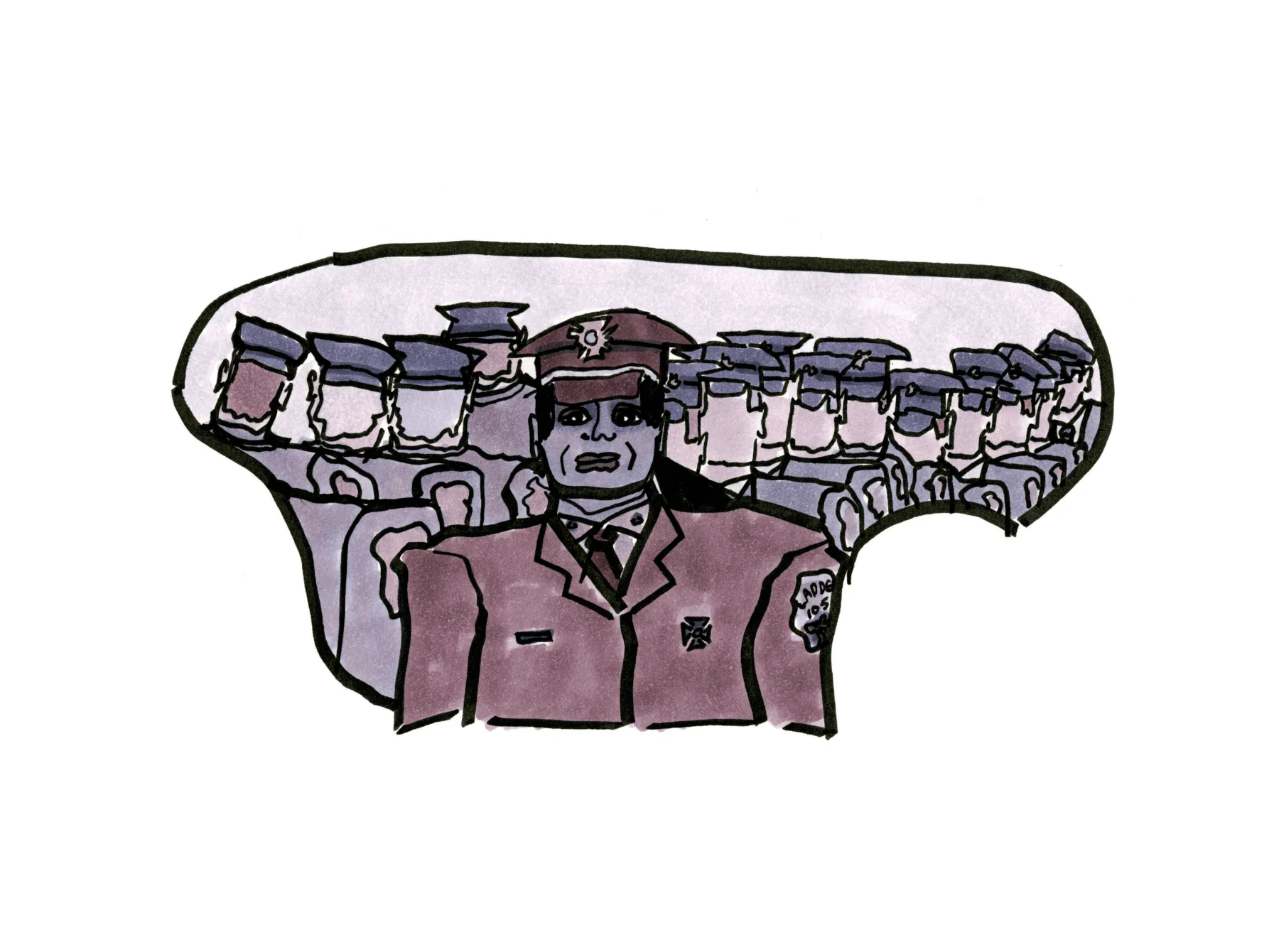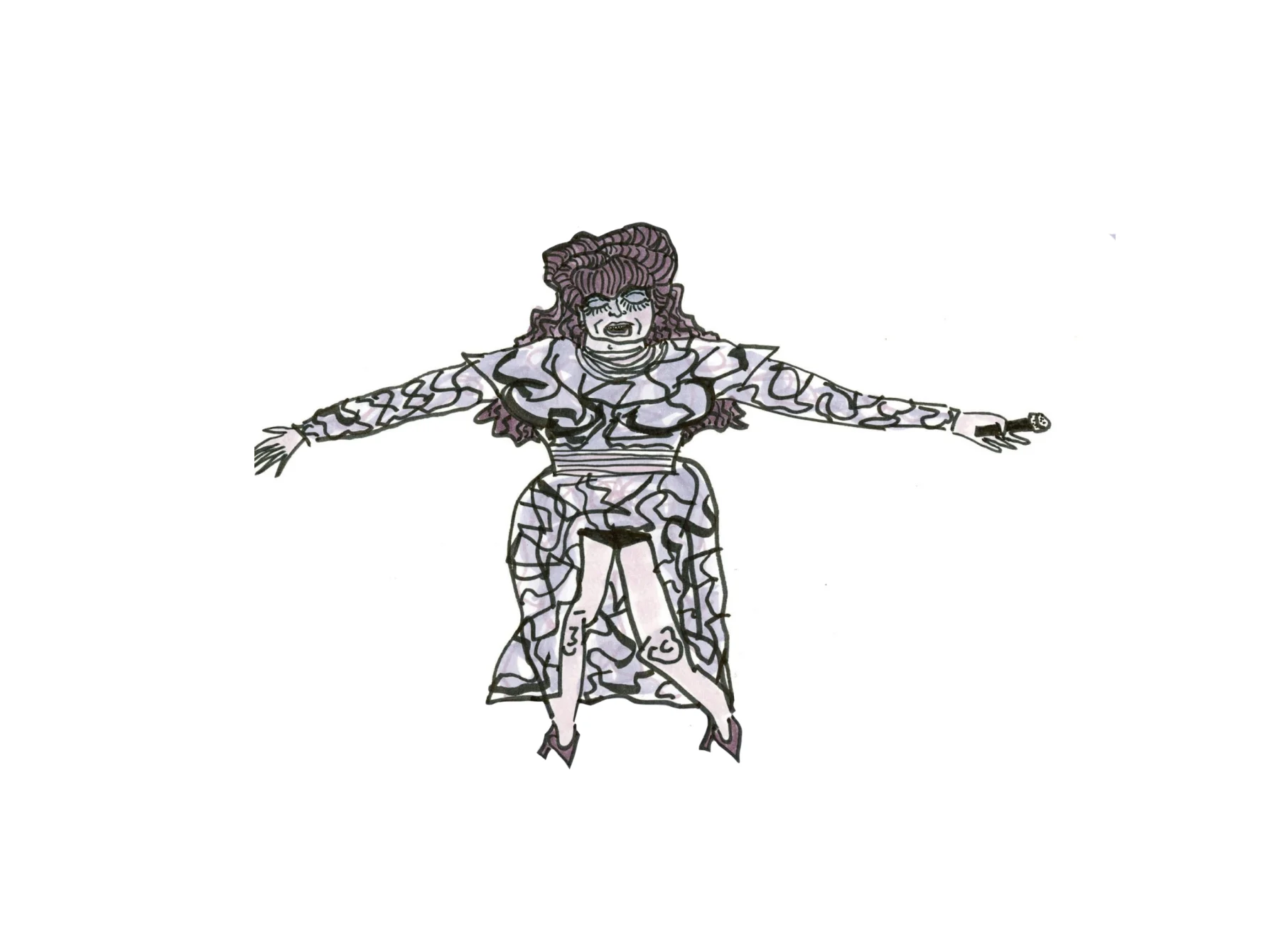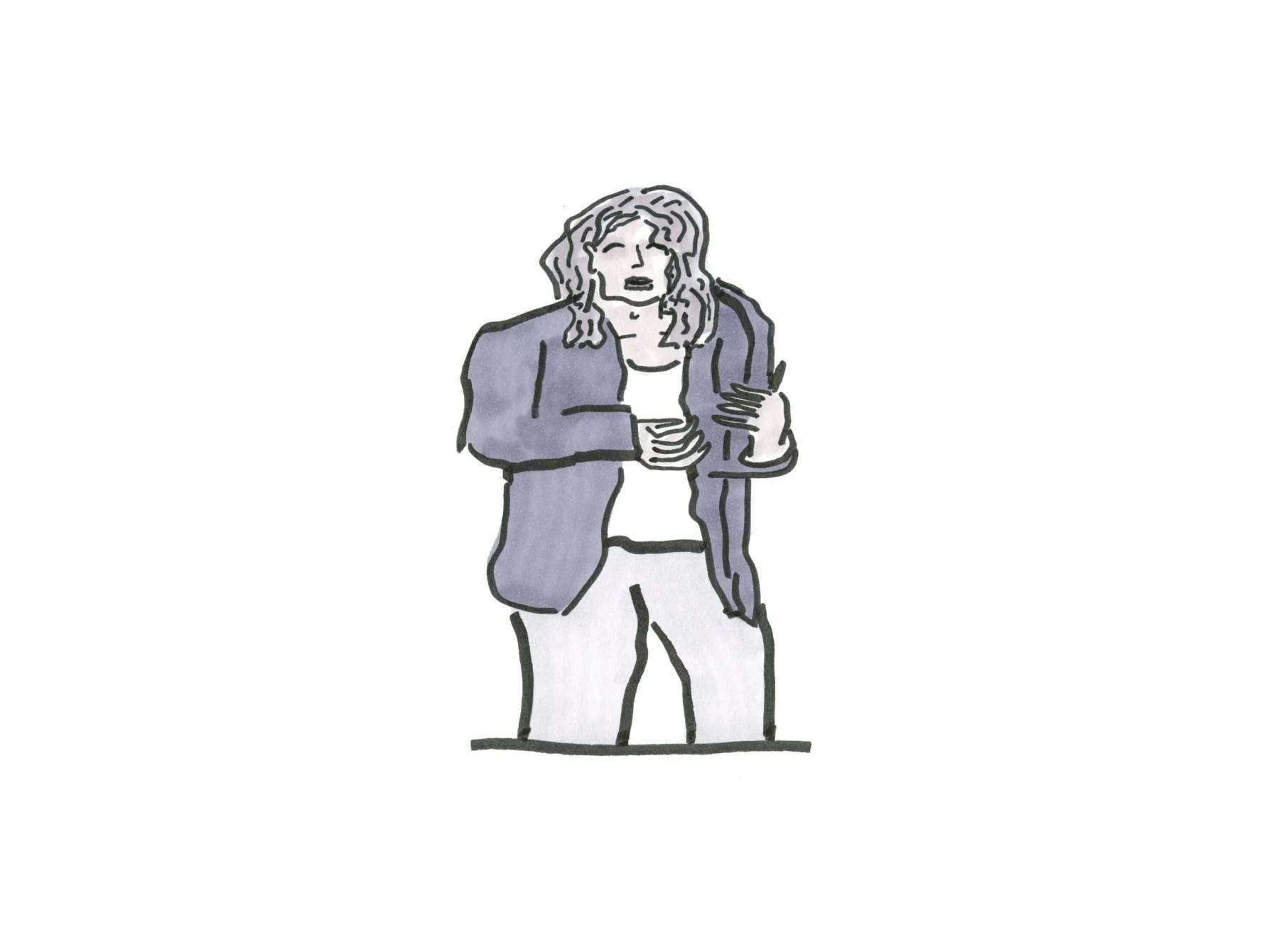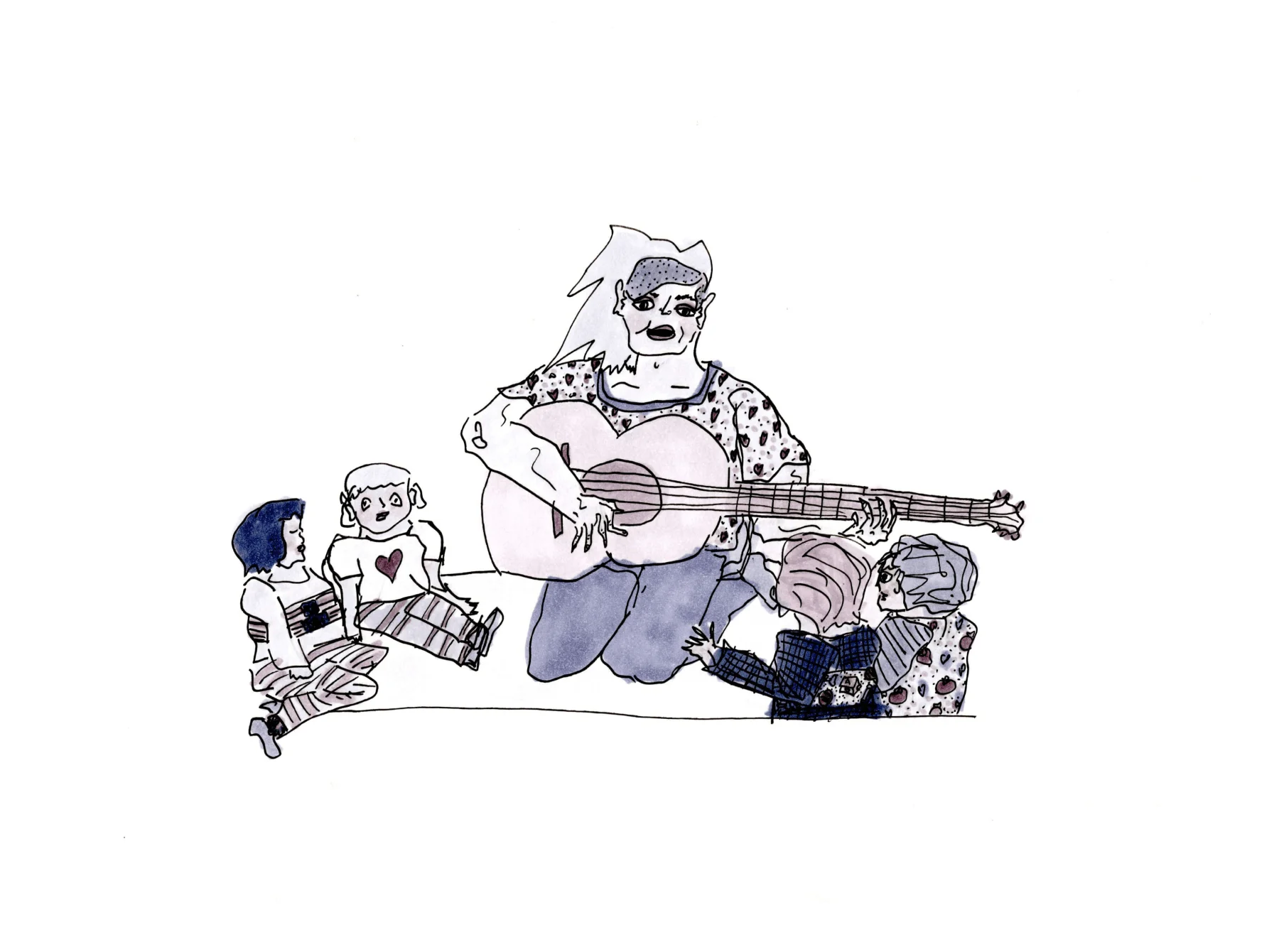

Thomas Greenall is an architect and teacher based in London. Through his Architectural Design Studio 4 unit at the Royal College of Art he provokes his students to think about the role of the architect in a very different, modern way. He also has his own practice, DHDSA, which works across landscape, urban and construction design, as well as its own research.
He tells Ted Gioia how he hopes new ways of thinking can make a massive impact.
Illustrations by Heather Loase.
How do you teach students to design applications for people rather than pragmatic applications for corporations?
I think by asking questions of what people really want – what their hopes and desires are – as opposed to what problem they’re experiencing, you can target an emotional response rather than just an immediate need.
I think by asking questions of what people really want, you can target an emotional response rather than just an immediate need.
Are there any over-exposed terms in design that you think need to be retired or any under-discussed topics that deserve more prominence?
I think most architecture students do too much “demographic research” where they try and simplify groups of people and populations into a series of statistics. We always try to encourage our students to believe that what people feel and what people believe to be true is far more important than empirical truth.
I think that’s become really apparent over the course of the last year. There’s a lot of talk about post-truth and alternative facts. They’ve really proven that you don’t need to use statistics to convince people of certain things.

How do you think technology has changed design and architecture?
The technologies we have for simulating environments are so much more advanced. So whereas construction drawings used to be produced as 2D plans, more often than not we now issue a 3D digital model, which contains all of the integrated information you could need on structure, servicing and the façade. Everyone thinks in a much more 3D way.
So every building now is built at least twice – firstly in the computer and secondly in real life. There’s an interesting debate that goes on about which of those two versions is more true to the idea. Often on the construction side things get compromised, so the design is at its most pure when it exists as something that is just shared digitally. But I think the visual culture, the culture of representation changes the way people think spatially.
They felt that they had a voice because the concerns they had could be visualized.
In your practice, have you seen architecture spark social action? How have you seen design actually change people’s behavior?
One of the things I’ve noticed recently is that normal practices, to avoid becoming complicit in political or financial agendas that they’re not completely comfortable with (whether it’s working for large corporate clients or huge housing developers who are more interested in the bottom line than in design) are identifying different ways of working.
My studio space is in Vauxhall, London, and we do a number of pro bono or self-initiated projects in the area. We are working with a local community group at the moment to help fight a large transport highway scheme that’s proposed to basically re-route some roads and cause a lot of chaos, in order to free land up to build some massive towers.
When these residents, through our help, realized that actually the best way to rally their local MPs or their politicians was through using design – to show a better design could be put forward or to show using design how bad it could be – they became really empowered. They felt that they had a voice because the concerns they had could be visualized.

How can design teach someone to dream differently?
I think at least for the types of design I’m interested in – about speculation and testing alternative models – it encourages you to think about the world in a different way and helps you understand how very small changes can have huge, fundamental impacts.
To be able to analyze an institution’s structures, or space and tectonics, or political and financial models, and then deploy that learning in different ways makes people feel more in control and more empowered to make change.
I think that’s thanks to the internet – but also thanks to all of the catastrophic things that are going on politically at the moment – people are much more willing to question authority and to challenge it. I think through design, and visual culture more broadly, people find a voice through which to do that.
We always make our students not just develop a program for a new building but design everything – like how the whole world could be different if they designed it.
So design gives people the channel through which to question authority?
Yeah. Within architecture courses, the tools we teach students allow people to visualize space and visualize interactions, and almost build new worlds.
We always make our students not just develop a program for a new building but design everything – like how the whole world could be different if they designed it. It sounds slightly megalomaniacal.
But if you can imagine everything – if you can imagine how your mother sits at home and drinks tea within this scenario – then you can imagine a conversation that might emerge. I think it’s when you can’t imagine anything different that you’re stuck in a dire situation.
WeTransfer is a proud supporter of the University of the Underground. This free two-year Masters program uses design thinking to tackle the world’s biggest problems.
Notes from the Underground is an interview series curated – and sometimes conducted – by its founder, Dr Nelly Ben Hayoun. From a world-renowned curator to an anarchist drag artist, the pieces take us into some of the most unusual creative minds working today.





